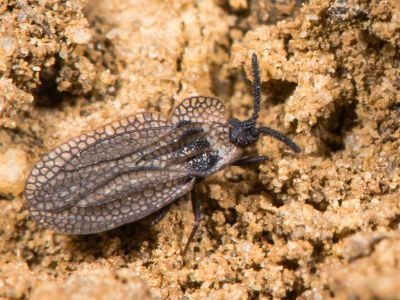What are Lace Bugs?
Lace bugs are tiny insects that grow no more than one-eighth inch (3 mm.) long. Small, clear cells cover their wings and thorax, giving them their lacy appearance. They feed by sucking the sap from the foliage of trees and shrubs, leaving them looking mottled, stippled, and discolored. Dealing with lace bugs can be annoying but the good news is that with effective lace bug treatment, you can rid them of the garden.
Natural Control of Lace Bugs
There are dozens of species of lace bugs, and each one feeds on only one species of plant. For example, a walnut lace bug won’t feed on an azalea, and a willow lace bug won’t feed on a sycamore. Therefore, planting a wide variety of species in the landscape prevents the insect from spreading. Another method of natural control of lace bugs is to take advantage of the fact that lace bugs are more likely to feed on plants in hot, dry, and sunny environments. Work compost into the soil and mulch around the plants to keep the soil evenly moist. Also, provide afternoon shade whenever possible.
Lace Bug Treatment with Insecticides
A number of beneficial insects help keep lace bugs under control, including:
jumping spiders assassin bugs lacewing larvae pirate bugs lady beetles predaceous mites
Avoid using broad-spectrum insecticides that destroy the lace bug’s predators. Once they are gone, the plant has no natural defense against lace bugs, and you might develop a spider mite problem. Instead, use insecticidal soap, neem oil, or narrow-range oil. Spray the plant with these insecticides at two week intervals. The damage won’t disappear, but you won’t have any new damage. Don’t worry about losing plants because of lace bug damage. The damage is usually just cosmetic and the plant will return next spring with fresh, new leaves. The trick is to eliminate the insect during the growing season so that it can’t overwinter on the plant and return next year.
